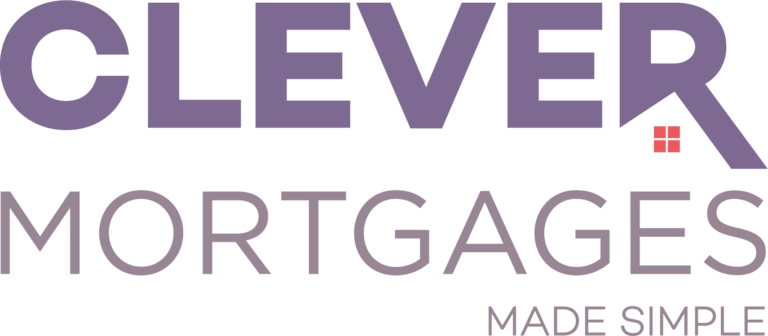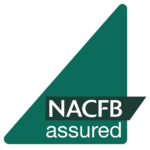Introduction to Equity Release
Equity release is a way to get cash from the value of your home. It allows you to unlock some of the equity (money) tied up in your property, whilst allowing you to continuing living in your home. If you have an existing mortgage on your home, equity release may be one option for paying off this debt – and giving yourself a lump sum or some extra income in retirement.
What is equity release?
- Equity release is a way of accessing the value in your home.
- You can then use it for a variety of purposes, including paying off debts, gifting family and funding home improvements, or even buying your long-term care.
How does equity release work?
There are different types of Equity Release, but basically it is a loan secured against your property. The amount you can release from your property depends on the value of your home, your age and personal circumstances .. The interest rate charged is dependent on many factors, but you can often fixed the rate for the life of the Equity Release,.
With Equity Release you have the option on whether you want to make money payments or not, if you make monthly payments the amount owed remains the same. If you don’t, then the payments are added to the loan, most providers offer a no negative equity guarantee, so the debt will never be higher than the properties value. Once the property is eventually sold, the proceeds repay the Equity Release mortgage and any remaining equity will be distributed.
What is the Criteria for equity release?
In order to meet the criteria, you must be over 55 and have owned your home for at least two years. If borrowing as a couple you must both be over 55. You must also meet the criteria of a specific equity release provider. Any existing mortgage on your property has to be repaid first then any remaining funds released can be used for nay purpose.
If you own your property outright then there are no restrictions on what you use the money for. Although there could be some inheritance implications if the money is being gifted.
Key facts you should know about equity release
Equity release is a way to release the value of your home, to help you fund your retirement. There are many options for releasing equity from your property, it’s important you understand them all.
In this section we look at the main types of equity release products available:
- Lifetime mortgages (including fixed and variable rate)
- Home reversion plans or deferred annuities
Lifetime Mortgage
A Lifetime Mortgage is one of the most common types of equity release and enables homeowners to release cash from their home without having to sell it.
In a lifetime mortgage the ownership remains with the homeowner, in Home Reversion the ownership is passed to the home reversion provider.
The beneficial ownership of your home does not transfer to your retirement fund during a lifetime mortgage.
Instead, it passes on death to any beneficiaries you nominate in your Will.
If you move into long term care and cannot continue paying for it yourself (for example if you have dementia), then under a Lifetime Mortgage you can pass over responsibility for repaying these costs by moving into residential care and giving up your right to live in your property permanently.
With lifetime mortgages there is no requirement to make regular monthly repayments as the equity that you release, plus any interest accrued, is repaid when you die, move into long-term care or permanently leave the property.
With interest only lifetime mortgages you can choose to make repayments in full or on a regular basis. Some plans allow you to make repayments that are equal to or less than the amount of interest that is charged. The balance and the interest accrued is paid off from the value of your estate once you have died or have moved into long-term care.
Home Reversion
A home reversion plan involves you selling part or all of your property for a lump sum of cash. You retain the right to stay in your property, rent-free, for as long as you live subject to the lenders terms and conditions. This is only available to those who are aged 65 or over
Stay in the property
You can stay in your home for life (or until you move into long term care) as long as you pay all of your household bills and maintenance costs.
This means that you must have sufficient income to cover any equity release payments and any other charges associated with owning the property such as utility costs, repairs, insurance premiums, council tax etc.
How can I use the money I release from my mortgage?
If you have a current mortgage, you must use the money to pay off your mortgage. If you’re nearing retirement and still have a mortgage, equity release is a great way to free up cash that would otherwise be tied up in your home.
Any money remaining, you could also use it for:
- Home improvements
- Pay off other debts
- Long term care costs (if you are unable to work due to illness or disability)
- Supplementing your income if you wish to work part time after retiring from full time employment
- Gifted to family, please consider there may be inheritance tax implications.

Maximum amount to release
Maximum amount to release – You can release up to a maximum of 40% of your home’s value if aged 55-65, 52% if aged 66-75 and 55% if aged 76-95. If you release more than the maximum amount this will be treated as income and you may have to pay tax on it.
Things to consider with an Equity Release
- Equity release can reduce the amount of inheritance you can leave
- Any lump sum released could affect entitlement to means-tested benefits
- Interest rolled up needs to be repaid when you die or move into long term care
- Home reversion plans involve selling all or part of your home
- It is a requirement of equity release to repay any standard mortgage you have
- A fee may be payable for any advice you receive
Equity release is not the only option for freeing up cash in retirement. Downsizing, or borrowing money from a family member, could be preferable alternatives to releasing equity from your home.
Conclusion
So, what are you waiting for? If you feel that equity release is right for your situation, then get in touch with us today. We’ll be happy to talk through all your options with you and help find a solution which meets your needs
Equity release may involve a home reversion plan or lifetime mortgage which is secured against your property. To understand the features and risks ask for a personalised illustration.
Equity release requires paying off any existing mortgage. Any money released, plus accrued interest would be repaid upon death, or moving into long-term care.



